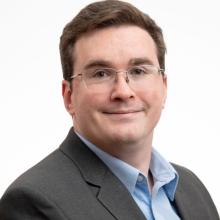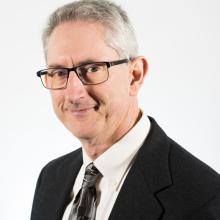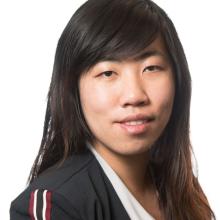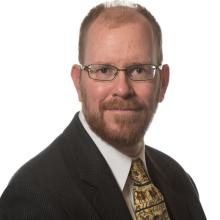2024 AIChE Annual Meeting
Join PNNL at the annual AIChE meeting, where chemical engineering researchers will present valuable information about nuclear waste, carbon capture, and more.

October 27–31, 2024
San Diego, CA
Join PNNL at the annual AIChE meeting, where chemical engineering researchers will present valuable information about nuclear waste, carbon capture, and more.

San Diego, CA
Researchers from Pacific Northwest National Laboratory (PNNL) join peers from around the world at the 2024 AIChE Annual Meeting. Visit us in Booth 621 to learn about careers and current job openings in chemical engineering and chemistry.
Looking for internship, postdoctoral, and full-time job opportunities in chemical engineering? Stop by exhibit booth #621 and chat with our recruiters!
Can't make it? Search our currently open positions at any time and join our online talent community:

A discussion of how PNNL conducted small batch nuclear fuel dissolution experiments that revealed varying dissolution rates based on fuel rod orientation and basket geometry. Using Computational Fluid Dynamics (CFD), they analyzed how tank features and basket design influence acid recirculation and heat transfer. This work aims to optimize dissolver design by considering flow dynamics and heat transfer effects.

A presentation on a PNNL study that uses soil micromodels with fungi to simulate these cycles and assess fungal contributions to CO2 release and moisture retention. The findings aim to clarify fungi's role in the Birch Effect, enhancing understanding of dryland ecosystem responses to climate change.
To improve waste management, PNNL is using Tableau and Microsoft Power Platform tools to analyze large datasets from sampling data and reports. These tools help automate data review, visualize compliance, and structure historical information, improving decision-making for waste classification and management strategies.


A presentation and panel discussion of opportunities for nuclear chemical engineering in the nuclear fuel cycle. Researchers at PNNL, Gregg Lumetta and Mark Nutt, are among the panelists for this event. Courtney Bottenus is also co-chairing this presentation.
This presentation focuses on enhancing catalytic selectivity in chemical synthesis using catalysts or ligands. It highlights iron-alkoxide complexes for redox-controlled polymerization of cyclic esters, emphasizing iron’s potential because of its abundance and reactivity.

This study explores bio-naphtha, a byproduct of sustainable aviation fuel and renewable diesel production, and its potential uses. Life cycle analysis and techno-economic analysis guide decision-making on the most sustainable utilization pathways, advancing sustainable biofuel production practices.

This presentation discusses the development of an Integrated Carbon Capture and Conversion to Material (IC3M) platform at PNNL. Using process models and experimental data, the study compares IC3M with other platforms, evaluating energy efficiency, product cost, and greenhouse gas emissions for sustainable production of synthetic natural gas and methanol.

PNNL tested crystalline silicotitanate (CST) ion exchangers for cesium removal from Hanford tank wastes using the Advanced Modular Pretreatment System (AMPS). Laboratory-scale column tests at different scales and residence times were conducted to determine CST usage and throughput rates. The data will aid in modeling breakthrough performance, helping to develop the AMPS flowsheet for optimal cesium removal under varied processing conditions.
PNNL is working on a 3-year project for the Department of Energy’s Nuclear Energy Office focused on processing TRISO spent nuclear fuel, which is used in high temperature gas reactors (HTGRs). HTGRs generate more waste due to graphite in the fuel. PNNL is investigating methods to separate the graphite from fuel to improve waste management. They’ve reviewed technologies for fuel deconsolidation, selected the most promising, and developed a flowsheet incorporating nitric acid for fuel dissolution, identifying further research and development needs.

PNNL and Washington River Protection Solutions (WRPS) developed a test system to evaluate respirator cartridge performance used at Hanford tank farms. These tests assess effectiveness under varying environmental conditions. The goal is to enhance worker safety by improving cartridge change schedules. Lab results were compared to field data to validate the methodology and refine safety protocols.